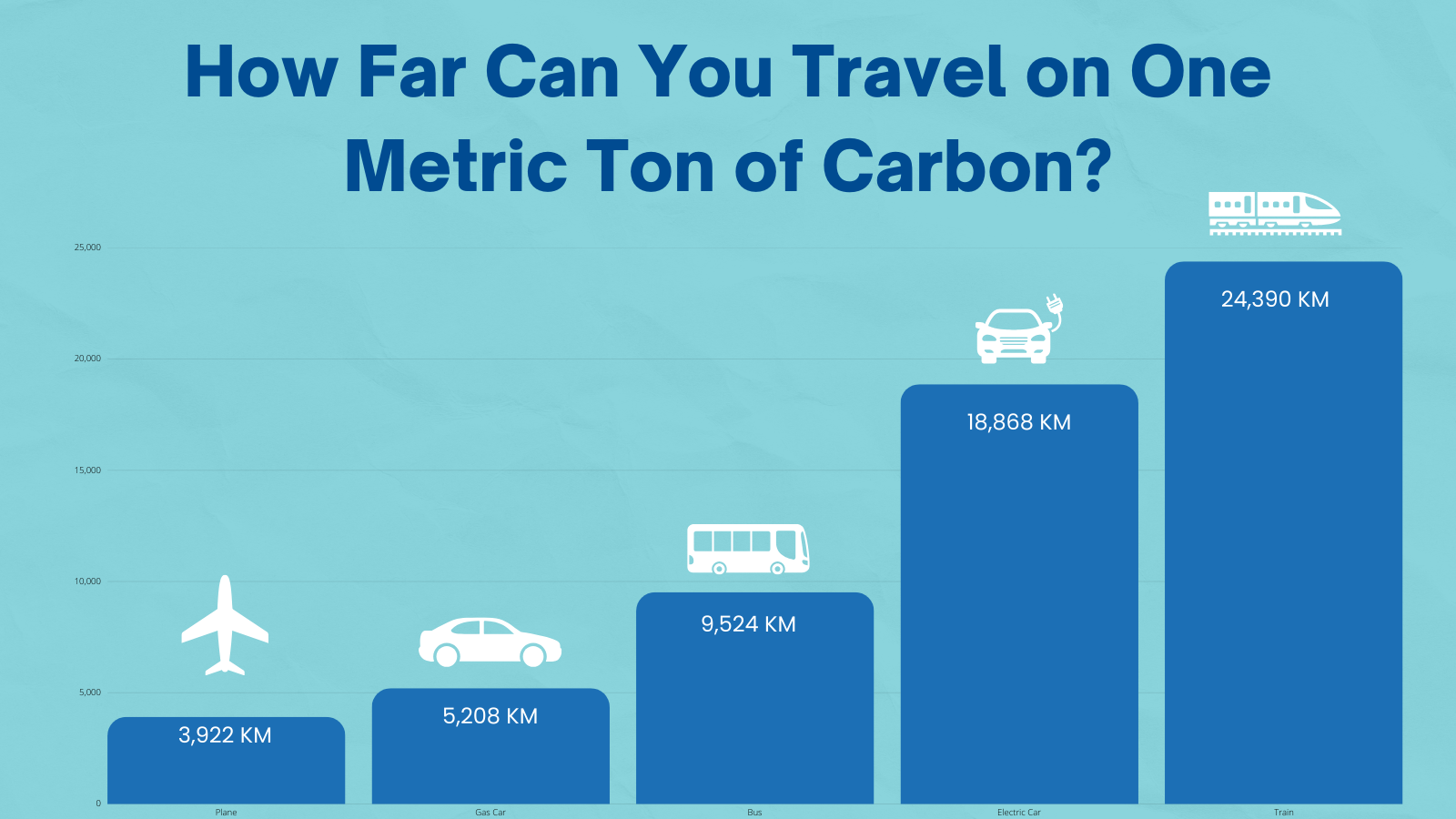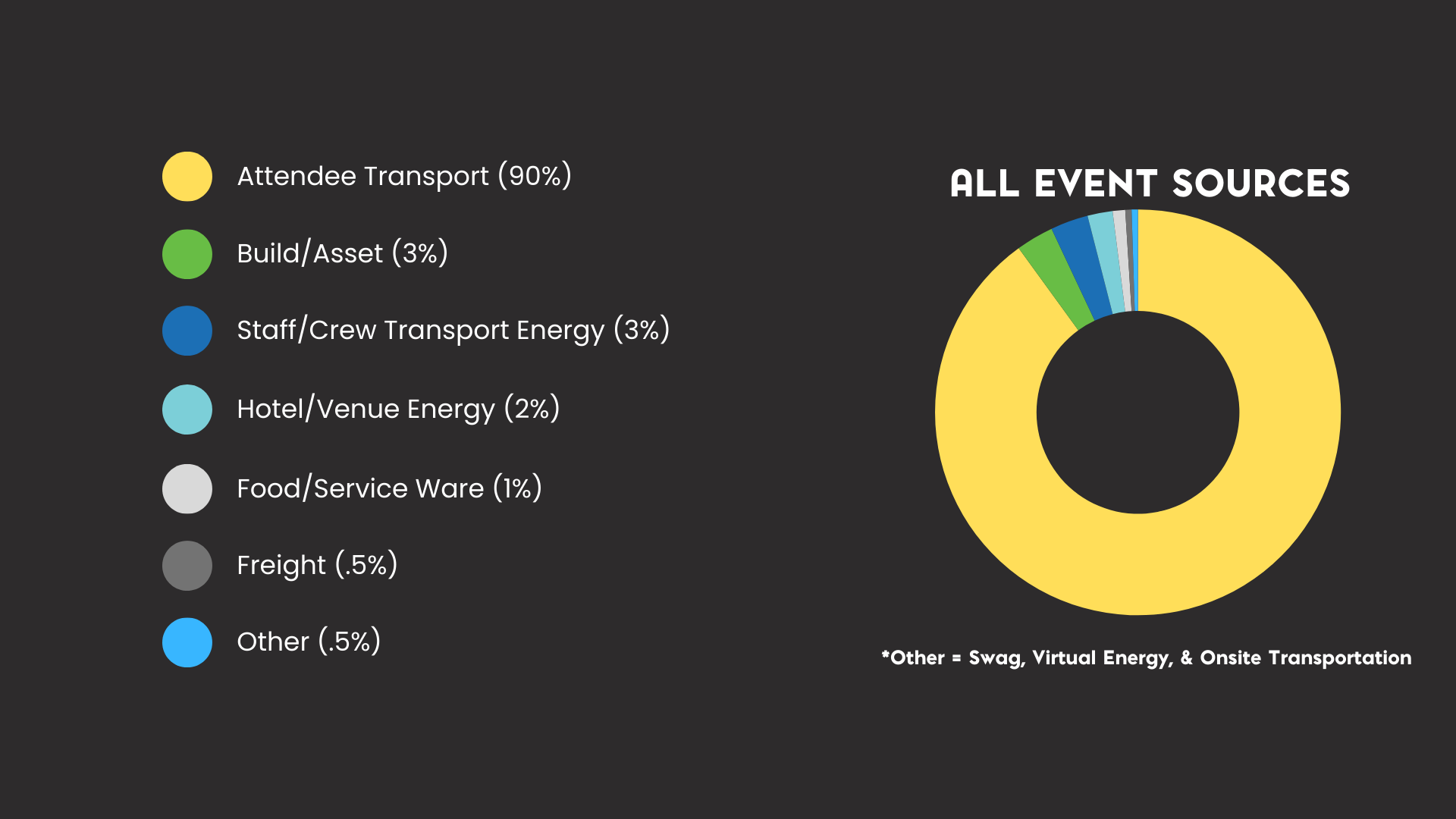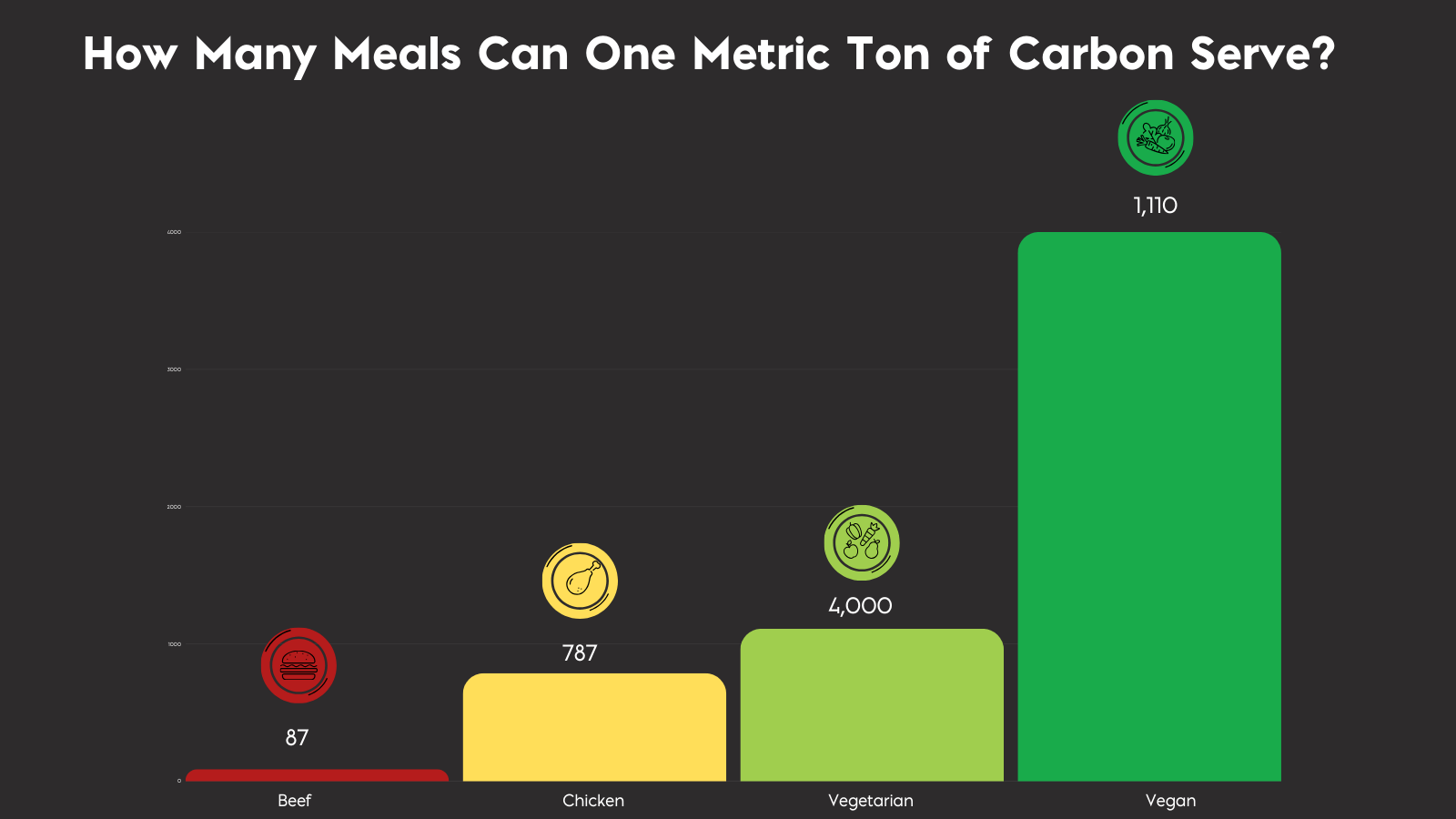At MeetGreen, we are constantly examining the puzzle of sustainability and how we can contribute to reducing the environmental impact of events. There is a wide variety of strategies that can be implemented, and every event is unique. Over the years, we have developed these strategies to help our clients produce the best events for their communities, while keeping the planet in mind.
What we have learned through all of this is that we must continue to push the envelope and examine each event through the lens of both the student and the teacher. What does this mean? It means that we are constantly analyzing the situation and implementing the best strategies while sharing our knowledge with our clients and vendors.
Event Carbon Footprint
One of the most challenging topics to comprehend is the carbon footprint of an event. There are several key factors to consider during the planning stages. From choosing the event location to swag, each decision adds up and reflects your event’s carbon footprint.
The proof is in the data and the story of the components that make up an event’s carbon footprint. Our sustainability team has gathered this data, and here are a few of the main topics:
- Travel
- Food
- Venue
To understand an event’s carbon footprint, let’s dig into some data that puts a visual to the numbers!
How Far Can You Travel on One Metric Ton of Carbon?
It’s hard to see the impact of carbon without putting it into context. Here we have taken one metric ton of carbon to see how far each type of transportation can travel. Breaking it down into the following:
- Plane = 3,922KM
- Gas Car = 5,208KM
- Bus = 9,524KM
- Electric Car = 18,868KM
- Train = 24,390KM
As you can see, traveling by plane is the least effective way to reduce your event’s carbon footprint. How can you minimize plane travel for your event? First, it starts with location, location, location!
Considering the origin of your attendees can help inform your planning for a location that doesn’t require extensive travel. In turn, this reduces emissions, resulting in a lower carbon footprint for travel.
Please do your homework by researching the general locations from which your attendees will travel and choose a venue close to their location. This will reduce time, cost, and carbon emissions!
Did you know that attendee travel is the most significant impact on an event’s carbon footprint? Travel accounts for 90% of an event’s emissions! By selecting the right location to reduce emissions, your event is already on its way to becoming a sustainable one.
How Many Meals Can One Metric Ton of Carbon Serve?
Now, let’s talk about food and carbon. It’s not a topic we often think about, but making savvy decisions while planning your event’s menu can significantly reduce your event’s carbon footprint.
Breaking down menu items by the following categories will show you the significant impact your food choices have on the environment. Here is how many meals you can serve with one metric ton of carbon:
- Beef = 87
- Chicken = 787
- Vegetarian = 1,110
- Vegan = 4,000
Examining the numbers, it becomes clear that beef is the most carbon-intensive choice. You may be concerned about meat eaters if you go full on vegetarian or vegan for the menu. You don’t have to go ALL in on a plant-based meal, but you can reduce your use of beef.
Many menus offer both a meat and a vegetarian option, which can satisfy the dietary needs of most attendees. Many of our clients have successfully reduced beef from their menus in creative ways. IMEX America has been working on this for many years, and the 2024 sustainability report highlights their efforts.
If you are planning a menu and want to learn more about the food you are choosing for your menu and its carbon footprint, we have created a tool that you can use for free! The Event Food Carbon Calculator is easy to use and provides valuable insights into your choices.
What are the Next Steps?
Looking ahead to your next event, I challenge you to learn more and think strategically about:
- Where will you host your event to reduce travel emissions?
- What will you choose for your menu planning?
- Use resources available to you to help plan more sustainably








Leave A Comment